|
|
This newsletter is a summary of recent ESO Science Announcement items. Follow the links or visit ESO Science Announcements to read more.

|
19 Sep 2014: The Science Verification (SV) for the Spectro-Polarimetric High-contrast Exoplanet REsearch instrument (SPHERE) will take place on the nights of 1тАУ11 December 2014. All community astronomers are kindly invited to participate in this opportunity to obtain early science with SPHERE and thus to demonstrate the scientific capabilities of this extreme adaptive optics instrument.
|
|
| Read more
|
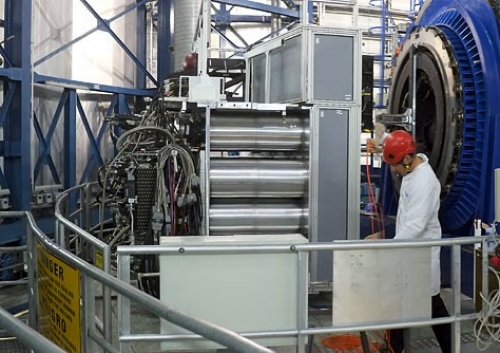
|
18 Sep 2014: The Science Verification (SV) for MUSE consisted of two observing runs (20тАУ29 June and 18тАУ24 August 2014). Forty four programmes were fully completed and another three received partial data. All data are publicly available through the MUSE SV webpage.
Additional to the previous announcement, data from all three MUSE commissioning runs (February, April тАУ May and 25 July тАУ 03 August 2014) are now available for download together with calibration files.
|
|
| Read more
|
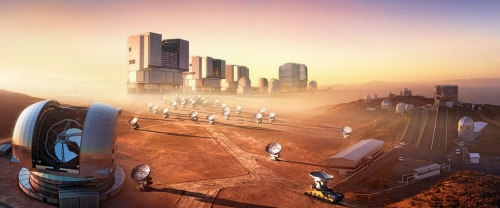
|
18 Sep 2014: ESO Workshop, ESO Headquarters, Garching, Germany, 19тАУ22 January 2015
This workshop will provide a forum for discussion of the likely astronomical landscape in the 2020s - both core science and burning topics, in so far as these can ever be predicted. Flowing from these considerations, the community is invited to advise the ESO Executive with regard to future facilities, including, but not limited to, those at the existing optical/infrared observatories on La Silla and Paranal, at the sub-millimetre observatories APEX and ALMA on Chajnantor and at the European Extremely Large Telescope to be built on Cerro Armazones.
|
|
| Read more
|
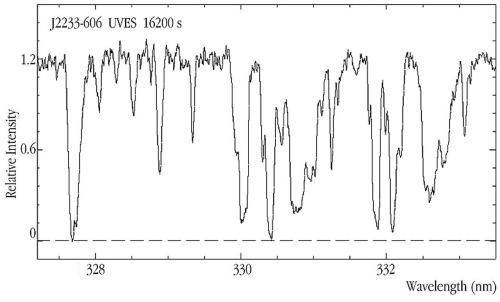
|
17 Sep 2014: Science-grade 1D spectral data products for UVES ECHELLE point source mode (with or without image slicer) and X-shooter ECHELLE SLIT (not IFU) mode are available via the Science Archive Facility. They cover the entire operational life of the respective instruments. New products are added, typically with a monthly cadence, as new observations are executed. PIs and their data delegates can exercise their privileged access during the proprietary period to download these science-grade 1D spectra, as they already can for raw data.
|
|
| Read more
|
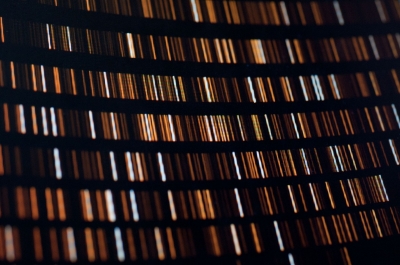
|
17 Sep 2014: An extended set of FAQs (Frequently Asked Questions) on data reduction is available. The FAQs cover general questions, on Reflex and Gasgano and grouped by VLT and VLTI instruments. Specific requests for help should be directed to the User Support Department.
|
|
| Read more
|
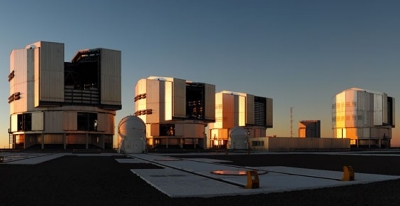
|
17 Sep 2014: Information on the status and progress of your observing runs, and subscription to the e-mail night reports is available via the User Portal page.
|
|
| Read more
|
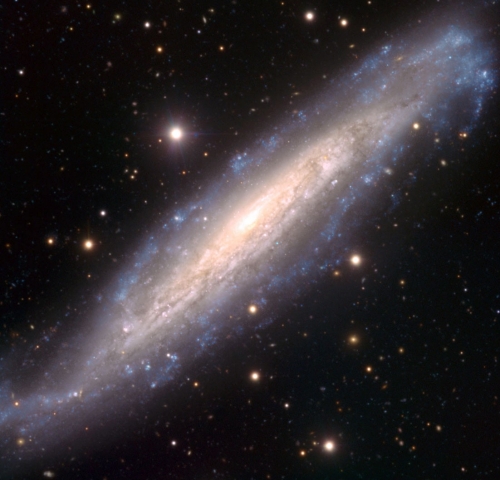
|
16 Sep 2014: PESSTO (Public ESO Spectroscopic Survey of Transient Objects) is a public spectroscopic survey targeting supernovae and optical transients brighter than 20.5 mag. with the goal of classifying them as close as possible to their explosion phase. Data Release 1 contained more than 900 flux calibrated spectra for 298 distinct objects observed during the first year of the survey. These spectra are now complemented with release of 234 reduced and calibrated near-infrared SOFI images for 22 transient objects. The images, and the spectra, can be queried and downloaded from the Science Archive Facility.
|
|
| Read more
|
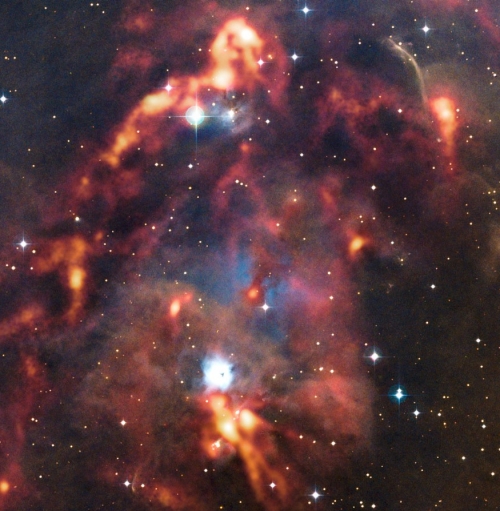
|
15 Sep 2014: The standard software to reduce APEX bolometer data (LABOCA, SABOCA and Artemis) is BoA. A set of helper scripts with detailed documentation has now been made available.
In addition, a script to reduce images with extended complex morphologies is also made available. This script allows a source model to be entered and iteratively used in the skynoise removal. Further annotated reduction scripts will be made available in the future.
|
|
| Read more
|
Upcoming ESO or ESO-Related Workshops
- RASPUTIN: Resolved And unresolved Stellar PopUlaTIoNs
ESO Headquarters, Garching, Germany, 13тАУ17 October 2014The study of stellar populations is one of the most important diagnostics to constrain galaxy formation and evolution. Quantitative analyses of the stellar content of galaxies pave the way to 'convert' starlight into physical quantities like stellar masses, chemical abundances and star formation rates, and to trace the evolution and chemical enrichment history of galaxies. The main goal of this workshop is to share observations, models, techniques and recent results on galaxy evolution. The impact of the E-ELT and its first generation of instruments on studies of resolved and unresolved stellar populations will also be discussed. Details are available here.
- HIRES 2014: Astronomy at High Angular Resolution тАУ A Cross-disciplinary Approach
ESO Headquarters, Garching, Germany, 24тАУ28 November 2014Recent years have seen a huge development in high-resolution techniques such as direct methods (e.g., adaptive optics, lucky imaging), interferometry (including speckle imaging and spectro-astrometry) and reconstruction methods (astrotomography). This workshop aims to bring together the different communities working in these fields increasing the synergies among them. A variety of imaging and spectroscopic techniques will be covered, applied to a range of astronomical targets. Current and future instrumentation for high angular resolution will also be featured. More detailed information is available on the workshop webpage. The registration deadline is 24 October 2014.
- Revolution in Astronomy with ALMA тАУ The 3rd Year тАУ
Tokyo International Forum, Tokyo, Japan, 8тАУ11 December 2014The Atacama Large Millimeter/submillimeter Array (ALMA) has been producing a growing number of impressive and transformational science results as the most powerful mm/submm interferometer in the world. This workshop will highlight the science results from ALMA obtained during the first three years of science operations. Science topics include all fields of astronomy: cosmology and galaxies in the distant Universe; nearby galaxies and the Galactic Centre; the interstellar medium and star formation in our own Galaxy; astrochemistry, circumstellar disks, exoplanets and the Solar System; stellar evolution and solar physics; and fundamental physics.The final registration deadline is 15 October 2014 and more details are available from the conference website.
- Ground and Space Observatories: A Joint Venture to Planetary Science
ESO тАУ ESA Workshop, ESO Vitacura, Santiago, Chile, 2тАУ5 March 2015
Exploration of the Solar System and subsequent discoveries are made with planetary missions and ground-based observatories. These two means are complementary and are sometimes strategically linked. During this workshop, the synergies between these two paths will be explored, with the aim to foster collaboration between both communities. The workshop will showcase the current and future capabilities of ALMA for planetary science, encouraging planetary scientists to use this facility. Abstract deadline is 20 November 2014 with final announcement about 9 January 2015. See the workshop announcement for more details.
- Satellites and Streams in Santiago
ESO Workshop, Vitacura, Santiago, Chile, 13тАУ17 April 2015Satellite galaxies, streams and the star cluster тАУ dwarf galaxy interface are inter-related. Galactic satellites and streams should be regarded together тАУ satellites result from low-mass substructures while tidal streams trace the disruption of these substructures by the host's gravitational potential. Both contribute to the assembly of the host galaxy and provide a unique opportunity to test and improve our understanding of structure formation at small and large scales. This workshop aims to bring together experts from both fields to explore the bigger picture. More details can be found on the workshop webpage.
|
|
|
|
|
|
|
|